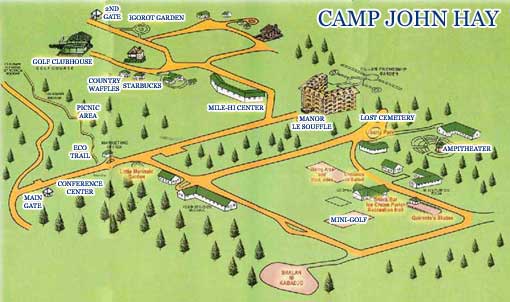SIARGAO ISLAND - THE MYTH, THE LEGEND, THE TRUTH
Where Is Siargao? How To Get To Siargao?
Siargao Island
Off the northeastern tip of Mindanao lies the teardrop-shaped island of SIARGAO, a largely undeveloped backwater with languid beaches, dramatic coves and lagoons battered by the Pacific Ocean and a verdant hinterland of rustic little barrios and coconut groves.

Some of the first tourists here were surfers, who discovered a break at Tuason Point that was so good they called it Cloud Nine, and though it’s still off the tourist trail, word of mouth is bringing an increasing number of surfers from around the world.
Arrival and getting around
Most visitors arrive by ferry at Dapa, 16km from the modest but comfortable resorts around the island’s friendly little capital of General Luna, known as GL, on the east coast. There are no banks and credit cards aren’t accepted in most places, so bring cash.
Your choices for getting around the island are fairly limited. Most locals use the habal-habal (motorcycle) drivers, good for up to two people and light luggage. Rates are fixed: Dapa to Cloud 9 is P200, while Dapa to GL is P150. Rides between GL and Cloud 9 should be P15. Drivers will take you to Magpupungko for P300 or the Tak-Tak Falls near Burgos for P1000; in both cases the price includes the trip back. If you intend to do a lot of roaming around, ask your accommodation about renting a motorcycle (P500/day).

The other options are tricycles and minivans: tricycles will charge at least P30 per person (P150/vehicle) between Dapa and GL, but sometimes ask for a lot more (it depends on how much commission they are expecting from your hotel). Minivans charge P300 per person or P1500 per trip to the airport – other trips will be charged according to time and distance. For bangka trips see opposite.
Accommodation
Accommodation in Siargao covers the whole range, from modest lodges aimed at backpackers and low-budget surfers, to upmarket tropical resorts. Most accommodation is a short distance from GL, and can help arrange motorbike rentals, bangka trips and other forms of transportation.
Exploring the island of Siargao
Resorts line the coast north of GL, and though there isn’t really a beach here it’s a lush laidback strip, with swathes of coconut palms linked by a sand road. The whole area is generally referred to as Cloud 9, though the world-renowned break is actually at Tuason Point, 2km north of GL, towards the end of the hotel strip.
The peak surf season is September and October, while things tend to slow down at the end of the year; beginners will find the weaker surf in June and July more manageable. Even if you don’t surf, wander out to the viewpoint at the end of the Cloud 9 boardwalk, a rickety wooden pier that cuts across the lagoon to the edge of the biggest waves.
Some 35km north of GL via mostly dirt road is PILAR, a village of traditional wooden stilt houses on the edge of the mangroves. It’s best known for Magpupungko Beach, 2km further north and the site of regular beach parties every Friday night (P20). The sandy beach is one of the island’s best, but the highlight is the giant natural swimming pool (basically a huge rockpool) that forms to the far left of the beach at low tide.
The water is beautifully clear and inviting, assuming the weather cooperates. There’s a nominal charge of P50 per person, but this isn’t always enforced. Minivan drivers should take you for P2000–2500 (1hr). It’s a long and bumpy ride by motorcycle.
Siargao island-hopping
The seas around Siargao are littered with unspoiled and rarely visited islands, but you’d need your own boat and lots of time to explore them all. The easiest to visit are the three islands just off the coast of GL (around 30min by bangka): day-trips to all three cost P1500 or P2500 depending on the size of the boat. Most resorts can fix you up with local bangka operators.
Naked Island is little more than a giant sand bar and perfect for lounging in the sun. Dako Island is the largest of the three, smothered in coconut palms and home to a small fishing community. The villagers will happily serve you fresh coconut (P20) or even barbecue chicken (P150) if required. Tiny Guyam Island comes closest to the stereotype of a classic desert island, a circular clump of sand and palm trees ideal for picnics, swimming or sunbathing.

The island caretaker usually charges a fee of P10 per person. Snorkelling isn’t much good off any of these islands – the best reefs lie in between them, so ask your boat to make an extra stop. Another appealing day-trip from Siargao is to La Janoza and Mamon, the easternmost islands in the archipelago – the bangka ride takes around one hour and costs around P3500 per boat.
There’s a powdery white sand beach and a quaint fishing village on La Janoza and between the two islands is a pellucid lagoon that’s wonderful for swimming and snorkelling; both islands are also surfing hotspots.
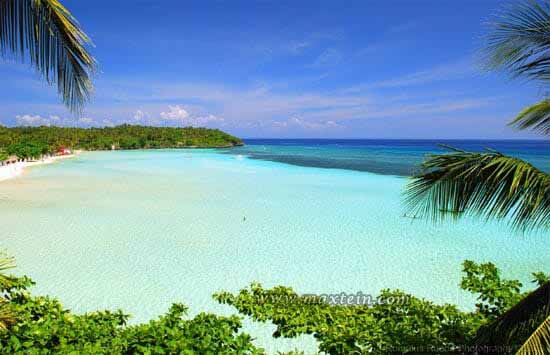

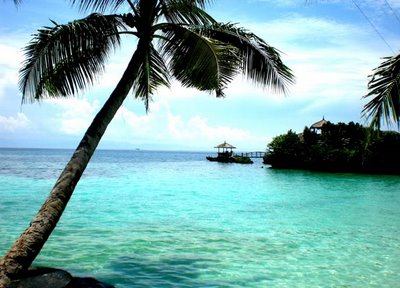



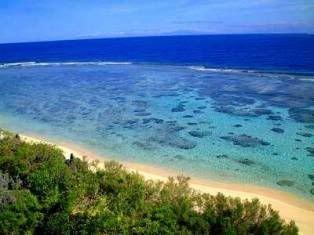
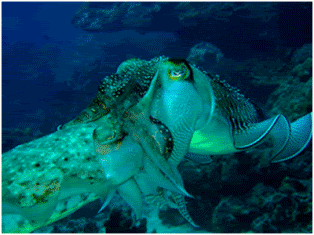







.jpg)





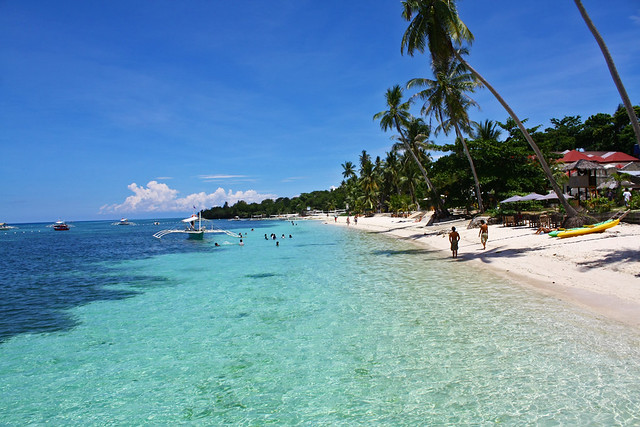
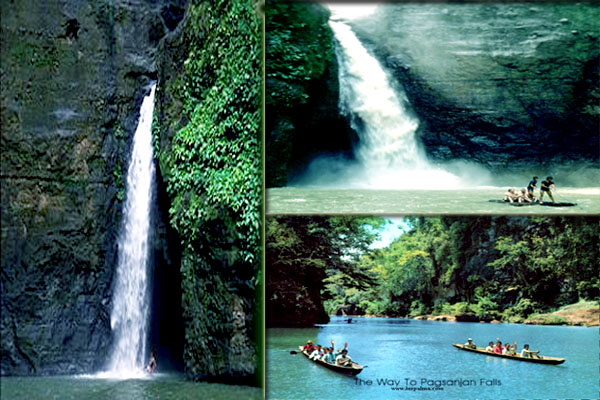 Serving as the capital of Laguna province from 1688 to 1858, the town of PAGSANJAN lies 101km from Manila and is home to a few old wooden houses, an unusually ornamental stone gate – or Puerta Real – and a pretty Romanesque church.
Serving as the capital of Laguna province from 1688 to 1858, the town of PAGSANJAN lies 101km from Manila and is home to a few old wooden houses, an unusually ornamental stone gate – or Puerta Real – and a pretty Romanesque church.









